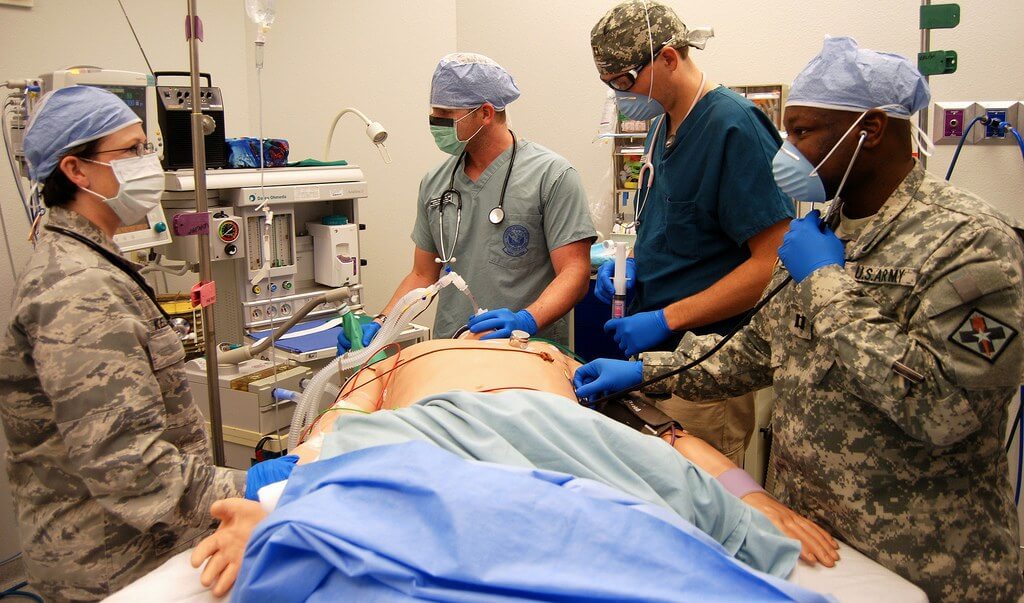How Much Does Anesthesia Cost
Anesthesia is a drug that helps in the relief of pain from any surgical operation. Patients under the influence of anesthesia are in an induced state. This drug has more than one analgesia that could contribute to paralysis, amnesia, and unconsciousness. The great thing about an anesthesia is that it helps in enabling a painless performance in medical procedures. The cost of anesthesia is different from the surgery itself. An anesthesiologist is usually the one performing the injection of anesthesia to the patient before a surgical doctor can begin the operation. This article will discuss the scope of anesthesia payments should a patient need to get one.
Cost, Discounts and Coverage
Typically, an anesthesia is covered by health insurance for being medically necessary for operational procedures. A patient who got approved for an anesthesia coverage will only have to spend an out of pocket cost of 10% – 50% percent of the anesthesia cost. Patients who does not have any health insurance may have to pay the local anesthesia an amount of less than $500 dollars. As for the regional/general anesthesia price, it is around $500 – $3500 dollars or higher. General anesthesia is administered by licensed anesthesiologist in a hospital operating room.
The anesthesia fees include the following: the provider fee, supplied cost, medications used for anesthesia including the hospital staff, and the equipment. General anesthesia price is typically calculated based on per unit value that is allocated to have the procedure be administered, depending on the complexity of the case. Usually it’s the hospital  anesthesia’s that are complex in nature. For more information on the approximate general anesthesia price, you can always check the website Healthcarebluebook.com. They contain information regarding the appropriate cost of anesthesia for different variety of procedures.
anesthesia’s that are complex in nature. For more information on the approximate general anesthesia price, you can always check the website Healthcarebluebook.com. They contain information regarding the appropriate cost of anesthesia for different variety of procedures.
Some examples that answers to the question, how much does anesthesia cost is found on that website as well. Examples are $582 for the repair of hernia, $469 for a fracture in the leg, $619 for tonsillectomy, $1243 for hysterectomy alone without cancer, $1159 for the spine and $3495 goes to the grafting of coronary bypass. These examples are all fair general anesthesia price, however if you feel that these examples are too expensive you might want to check the website yourself for current rates, as they are advocates to fair priced healthcare.
Patients opting for cash payments and are uninsured, your doctors may be able to provide you discounts that could be up to 30% percent less off of the anesthesia price of whatever procedures you may need. Other hospitals in some other state provides up to 35% percent discount for their patients. This is all possible as, there used to be a study back in in 2010 that the cost of anesthesia is 25% percent less for a patient, so long as the administrator of the said drug is a certified and a registered nurse and anesthetist, but not an anesthesiologist. You can find information about these nurse anesthetist if you inquire with the American Association of Nurse Anesthetists. These registered and certified nurse anesthetist are allowed to perform all kinds of anesthesia. In fact 16 states have already chosen not to follow a federal law that only requires physician supervision for a nurse anesthetist. For some other states, it is the surgeon himself who supervises the nurse and acts as the physician.
Anesthesia Essentials
Besides knowing how much does anesthesia cost, knowing who administers these things is also of importance. A local anesthesia is injected by a provider. This anesthesia will be administered into the specific area in the body in order to numb it stopping the nerve from sending pain signals to the body. As for the general anesthesia, it is injected by the administrator near the nerves or cluster of nerves, in which a patient can be fully sedated or still be aware of his or her surroundings. Areas of the body that can be numbed by a regional anesthesia are the following: the leg, the arm, and the head. In most cases, during surgery, regional anesthesia can already be used alone. It is combined with the general anesthesia during or after the surgery in order to control the pain. General anesthesia is administered through a gas mask, or intravenously. It will make the patient unconscious and not being able to feel pain. While the patient is under anesthesia, the anesthetic provider will monitor on the patient’s heart, lungs, temperature and kidney making sure that it is still functioning throughout a patient’s surgery. They will also have to adjust their medications if it needs be. After the surgery, an administration of a reversal agent will be given to the patient in order to help him or her wake up.
Anesthesia Search
Unless we always get sick, shopping for an anesthesia is not an easy feat for it’s not the kind of medication anyone can just easily buy often, unlike grocery shopping. Even so, not everybody is would always want to be under any serious life threatening surgery. Even cosmetics surgery should be months apart, and unless he or she is so used to being under a knife, then he or she should know where and how to get an anesthesiologist, or shop for an anesthesia.
In most cases, it is the surgeon who usually choose an anesthesiologist for any surgery he is going to perform. However, you as the patient can also have you own say and you may discuss it with your surgeon before your surgery. When choosing, make sure and investigate whether the anesthesiologist has been certified by no other than the American Board of Anesthesiology. As was mentioned earlier, a certified nurse anesthesiologist may perform the administration also.
Some questions to ask the anesthesiologist besides ‘how much does anesthesia cost,’ would be his or her qualifications and how many times has he done this procedure before. It’s also important that the patient knows who else will be involved in caring for him, and who will be there to help manage pain control after the surgery is finished. For more information regarding anesthesia and minimizing its risk, you can always count on the National Institute of Health for anesthesia facts and tutorial.












